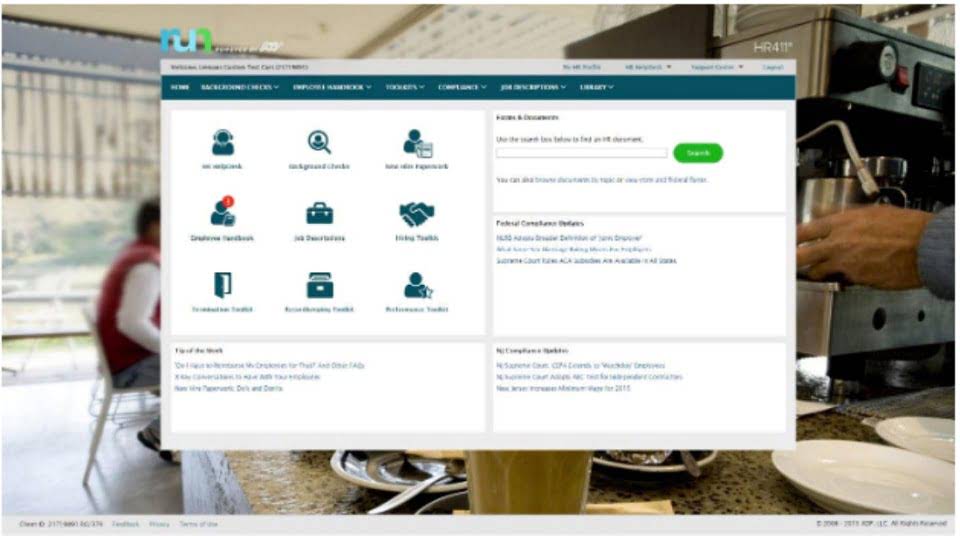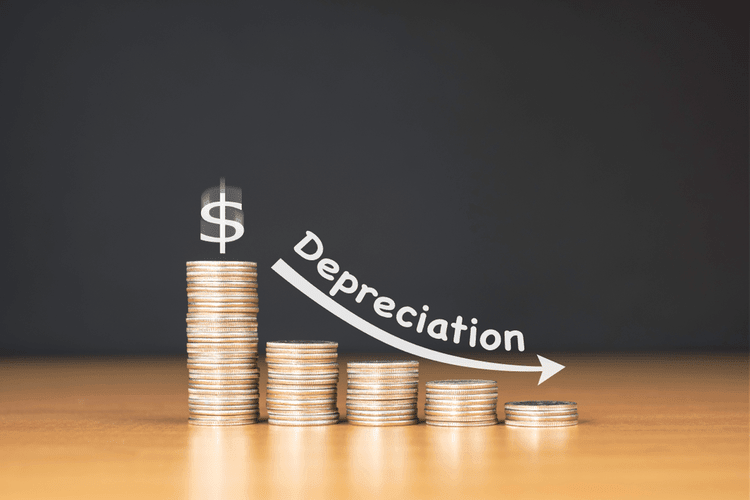
Working with dozens or hundreds of spreadsheets can be time-consuming and error-prone for growing retailers, manufacturers, or wholesalers. If your business falls into this category, consider the benefits of inventory management software. Holding too much stock on hand ties up capital and eats into business profits with increased carrying costs. At the same time, running out of stock causes slow order fulfilment, the potential for missed sales, and lost revenue.
- SkuVault Core allows for the simple viewing, exporting, or printing of easy-to-read reorder point reports.
- Better yet, consider using a just-in-time or material requirements planning system, which only order new inventory when there is a specific, identified reason for doing so.
- You may find yourself stuck with inventory you eventually have to dump (especially if you’re dealing with perishable items).
- You can set Excel or Google Sheets so that cells turn red when they hit a reorder point.
- The important thing is to select a method that meets the needs of the business and provides the desired level of customer service.
- Otherwise, the business might reorder parts when the intent of the inventory manager is to flush the part from stock.
- Rich inventory insights empower businesses to fine-tune their reorder points and overall inventory management processes.
How do you calculate a reorder point?
- This variability means it’s important to calculate specific reorder points for each SKU or necessary raw materials.
- It is calculated by subtracting the projected cost of goods sold from the current inventory levels.
- Reorder point is the inventory level at which a company orders more goods.
- This may seem prudent on its face, but when you study your cash flow statement and see how much money ties up in stock, you realize how detrimental it is to your profitability.
- At the same time, running out of stock causes slow order fulfilment, the potential for missed sales, and lost revenue.
- Here’s why calculating and knowing your reorder point is important.
When the inventory balance declines to 100 units, ABC places an order, and the new units should arrive four days later, just as the last of the on-hand widgets are being used up. To accurately calculate reorder points, you’ll need strong sales volume records and trends over a certain period. As you build this body of data, you can improve forecasting to meet customer demand better. Calculating your inventory fill rate will also help you forecast the rate at which your business can fulfill orders to meet supply and demand.

How to use the reorder point formula to benefit your business
Managing inventory is a critical yet tedious part of running a retail business. If you don’t https://www.bookstime.com/ keep an eye on inventory levels, you might forget to place a new order in time for it to arrive before you run out of stock. Economic order quantity (EOQ) is the amount of inventory that a business should order to minimize the cost of inventory and storage. This quantity is based on the company’s sales volume, production cycle, and the cost of inventory.

Optimize inventory level:
The carrying cost is the cost of storing the inventory, which includes the cost of the space and the cost of the materials. Learn how to get barcodes for your products including a step-by-step guide and advantages to implementing a barcode system. Look for local suppliers, increase collaborations with your existing suppliers, and conduct an audit on your existing supply chain to see where you have the biggest https://www.instagram.com/bookstime_inc opportunities. Enhanced with AI, our expert help has broken down your problem into an easy-to-learn solution you can count on.
- This data is calculated automatically based on real-time sales data.
- With automations like this in place, you can spend more time doing the things that only you can do for your business.
- Once inventory dips below the calculated reorder point, replenishment is triggered through a new purchase order.
- There are a few factors that go into calculating the reorder point.
- This post will show you what that is, why it’s useful, and which numbers you’ll need to generate a reorder point.
Safety stock:

If you run a shoe store, for example, you may have different reorder points for different sizes of shoes, depending on how quickly they sell. Your reorder point for black ballet flats in a size 7 could be 30 units, while your reorder point for black flats in a size 11 is 10 units. Managing, ordering, and tracking inventory efficiently helps keep customers happy and boost your bottom-line profits.

Related AccountingTools Courses
- While your lamp manufacturer quotes a lead time of five to 10 days, you’ve noticed that it actually takes closer to two weeks for your store to receive a new shipment of lamps.
- To help business owners get out of the weeds of manual calculations and processes and get back to big-picture, high-value tasks.
- Also, the longer a product sits on a warehouse shelf, the greater the risk of shrink as products age, expire, or consumer trends shift.
- Lead time is the amount of time it takes to receive new inventory from your supplier.
- There are a few factors to consider when determining your reorder point.
- There are different ways to calculate this, but a three-month average is a good start.
At the same time, you’re minimising the inventory in stock and maintaining good cash flow. When you reach the reorder point, although your inventory is low, you have enough inventory on hand to meet your customer demand while your supplier fills and delivers your new order. The best thing about calculating your reorder point once in an Excel or Google spreadsheet is that you can simply duplicate the sheet for each subsequent calculation. Once you’ve triple-checked that the formulas are correct, you can confidently log away your safety stock and reorder point metrics for each SKU. Then, as you run your daily or weekly reports from your IMS platform, these calculated metrics will which one of these would not be a factor in determining the reorder point determine when you dip below your predetermined reorder point threshold. Platforms like SkuVault Core will even calculate a recommended order amount based upon either your sales history or a manually set reorder point.